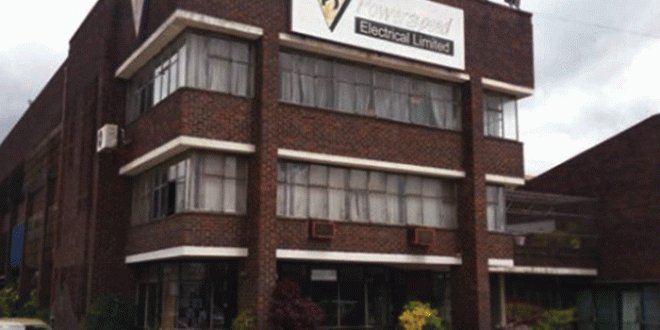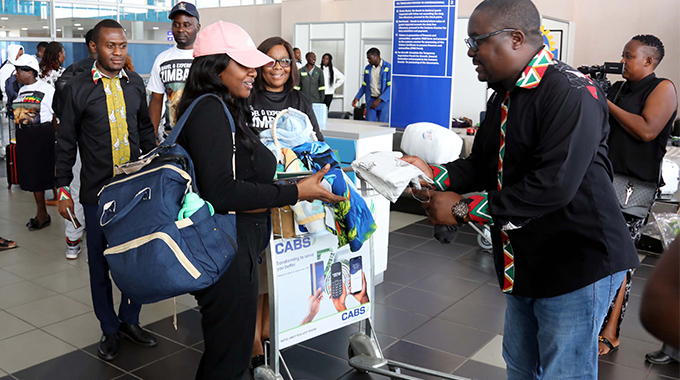Irrigation water rationing looms
Government says farmers will face water rationing for irrigation during the upcoming summer season due to depleted dams caused by last year’s El Niño-induced drought.
Irrigation will be largely supplementary as dams are running low, and water allocations would be revised based on crop-specific needs.
Zimbabwe’s agricultural sector, a major contributor to the economy, is heavily reliant on water and rationing could have significant implications for crop yields, food security and farmers’ livelihoods.
However, the outlook for the upcoming season is more optimistic.
Due to La Niña conditions, Zimbabwe is expected to receive normal to above-normal rainfall.
According to local and regional meteorological experts, the country may experience below-average rainfall during the first half of the season.
However, from mid-November to March, rainfall is projected to be normal to above normal.
For the summer season, the Government has set the general allocation of 3,5 megalitres (ML) per hectare.
The drought has severely affected crops and the water situation is dire.
In October, the water situation is expected to be at a critical 50,5 percent of country’s total dam capacity.
“With dams largely depleted, summer irrigation will largely be supplementary,” according to the Government’s summer cropping plan.
“Water allocations will be revised to crop specific use, and a general allocation of 3,5 ML per ha will apply for summer.”
The Zimbabwe National Water Authority (ZINWA) will implement seasonal billing, only for irrigating farmers with stop order arrangements with their financiers or approved buyers of their produce, says the Government.
While summer seasons have historically been associated with ample rainfall, making irrigation less critical, farmers have increasingly invested in irrigation facilities to mitigate the risk of crop failures due climate change.
Irrigation has become a major water source for large commercial farmers, particularly for high-value crops like tobacco and soya beans.
For instance, large-scale tobacco farmers often produce their crop under irrigated conditions, which can result in higher-quality tobacco compared to dryland production.
To ensure adequate food security and meet the strategic grain reserve target of 1,5 million tonne by 2028, Zimbabwe is accelerating irrigation development.
The goal is to expand summer irrigation to 350 000 hectares by 2027, up from the current 75 000 hectares.
For the upcoming 2024/2025 season, the plan is to increase summer irrigation to 90 000 hectares.
The Irrigation Development Alliance, the Pedstock Facility, US$51 million and the Valley Facility of US$100 million are expected to commence operations this year.
The two facilities will support the development of 12 500 and 25 000 hectares of irrigated land, respectively.
Furthermore, joint ventures and corporate investments are anticipated to contribute an additional 17 000 hectares.
To complement these efforts, the Presidential Rural Development Programme is implementing solar-powered drip irrigation on 50 000 hectares. Upon completion, this programme will significantly expand irrigation capacity in the country.
In 2021, the Cabinet approved the Accelerated Irrigation Rehabilitation and Development Plan aimed at irrigating 350 000 hectares by 2025. While the cumulative irrigated area was projected to reach 496 000 hectares by 2025, persistent funding challenges hindered the full implementation of this plan.
Since 2020, a total of 48 000 hectares have been developed, falling short of the target of 110 000 hectares.-ebsinessweekl










